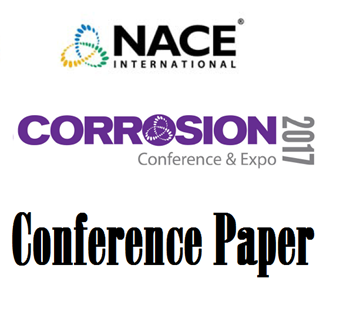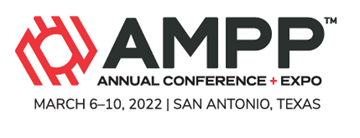Search
Predicting Atmospheric Galvanic Corrosion Of Aluminum Alloy By Combining Electrochemical Techniques And Accelerated Laboratory Corrosion Tests
Also Purchased
Principles and Issues in Structural Health Monitoring Using Corrosion Sensors
Product Number:
51317--9240-SG
ISBN:
9240 2017 CP
Publication Date:
2017
$20.00
Predicting Accumulated Galvanic Corrosion Damage Using A Service Life Model
Product Number:
51319-13292-SG
Publication Date:
2019
$20.00
Proposal Of 18Cr-8Ni Based Austenitic Stainless Steel With Superior Stress Relaxation Cracking Resistance
Product Number:
51322-17536-SG
Publication Date:
2022
$20.00




